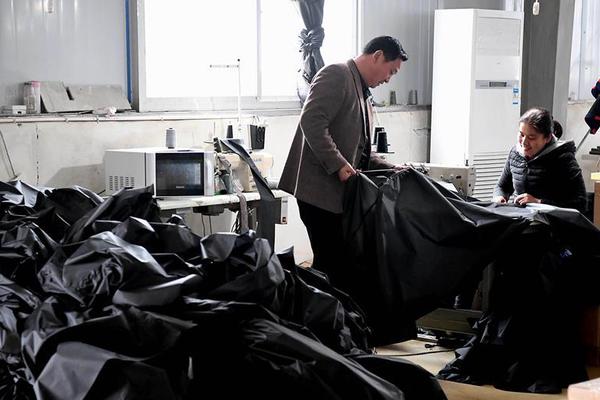攝影:海棠與卜花
- 2023-01-24 02:04:39
- 開云體育app官方網站

Defense Minister Lee Jong-sup and other top military officers attend a top-brass meeting at the defense ministry in Seoul in this photo released by Lee's office, Dec. 21. Yonhap
South Korea and the United States plan to craft "realistic" training scenarios to handle advancing North Korean nuclear and missile threats while expanding the scale of their field drills next year, the defense ministry said Wednesday.
Defense Minister Lee Jong-sup presided over a meeting of top commanders to discuss the plan and other policy priorities, amid tensions caused by the North's continued missile launches, including that of what Seoul called medium-range ballistic missiles on Sunday.
In the first half of next year, the allies plan to conduct some 20 combined training programs, including the Ssangyong (double dragon) marine exercise ― all at the same level of the Foal Eagle field training officially suspended in 2019 amid diplomacy with the North, according to the ministry.
The plan raised speculation that the allies are set to effectively revive the Foal Eagle drills as the North is forging ahead with its key weapons projects, including those to develop solid-fuel long-range missiles and tactical nuclear arms.
"(We) decided to expand the scale and types of combined field drills in connection with combined exercises for the first half of next year, while deepening and developing execution procedures for theater-level exercises through the crafting of realistic training scenarios in light of advancing North Korean nuclear and missile threats," the ministry said in a press release.
Participants at the meeting also discussed the plan to install a new Joint Chiefs of Staff division in charge of responding to threats from the North's nuclear and weapons of mass destruction next month.
The establishment of the division will be part of step-by-step efforts to create the "strategic command" that the military has been pushing for to bolster its overall operational capabilities, according to the ministry.
The meeting agenda included the ministry's push for the Defense Innovation 4.0 initiative aimed at harnessing artificial intelligence (AI) and other latest technologies to address a potential troop shortage as the result of the country's low birthrate, and bolster overall defense capabilities.
The military plans to start a phased transition next year toward an AI-based system employing both manned and unmanned platforms, as part of efforts to build its own force reinforcement process and bolster security capabilities in outer space, cyberspace and other domains.
Top defense officials agreed to start increasing investment next year for the development of cutting-edge technologies to improve "high-power, ultra-precision strike capabilities," the ministry said. (Yonhap)


